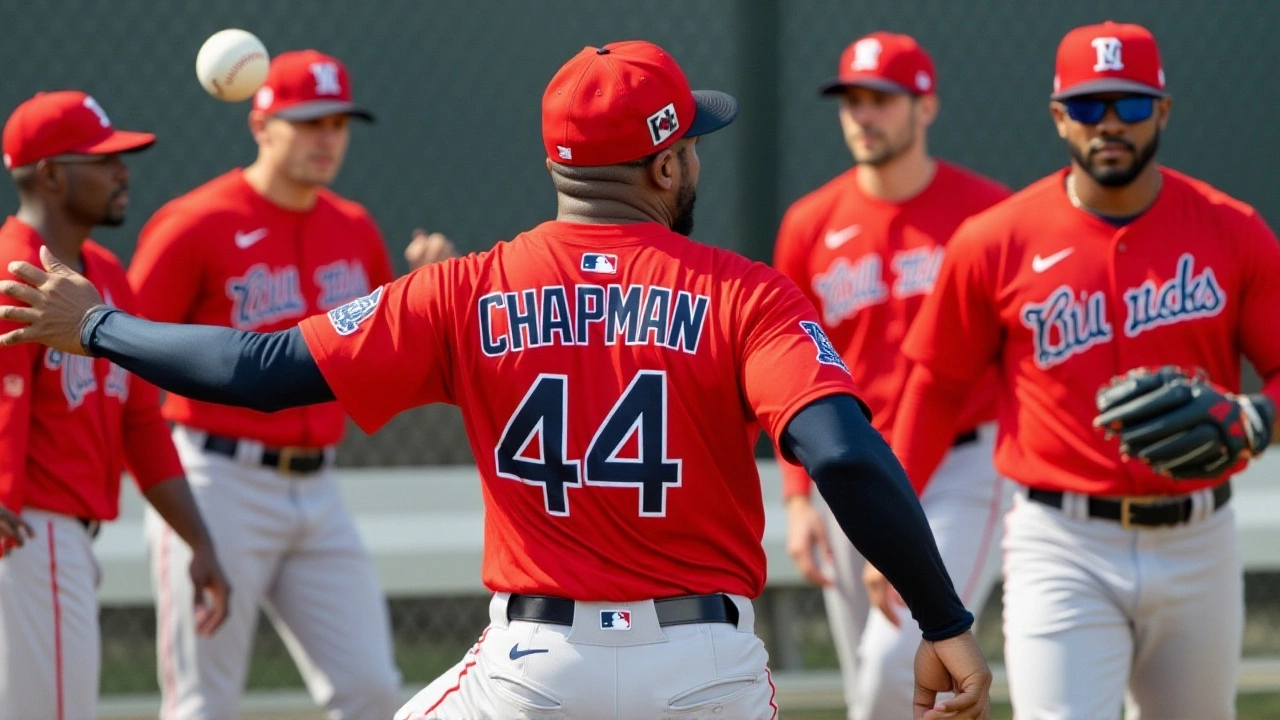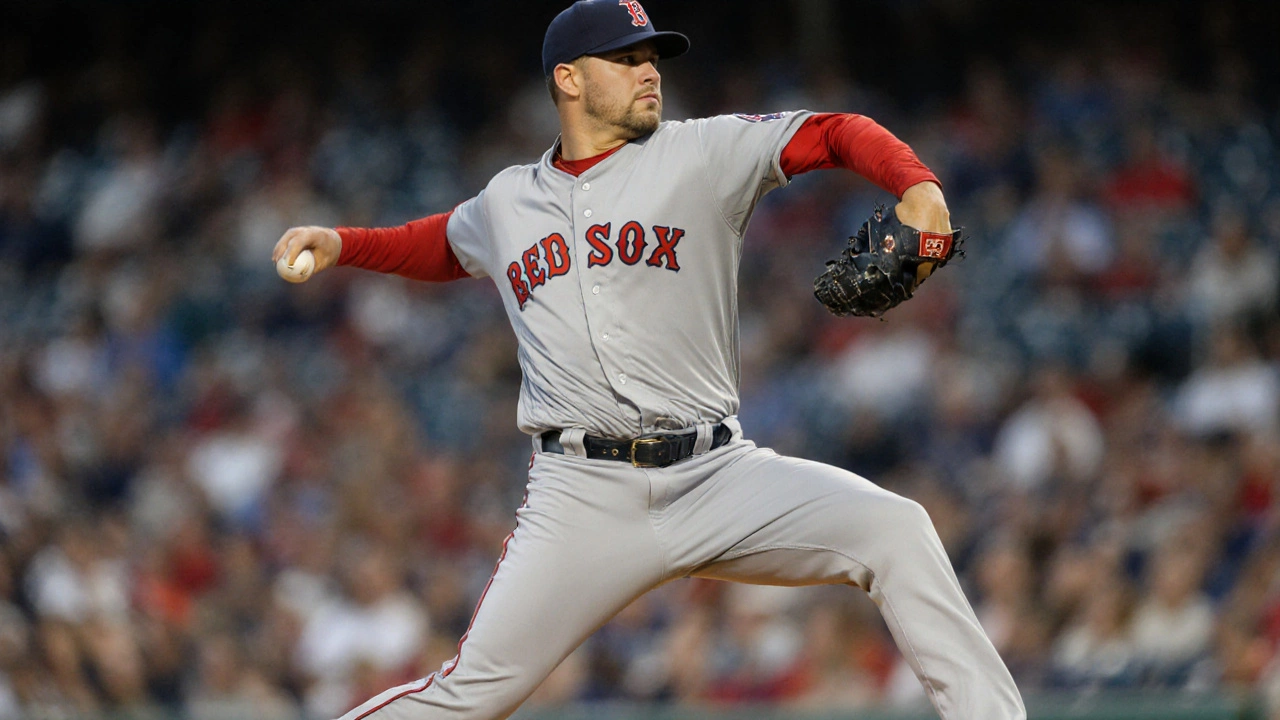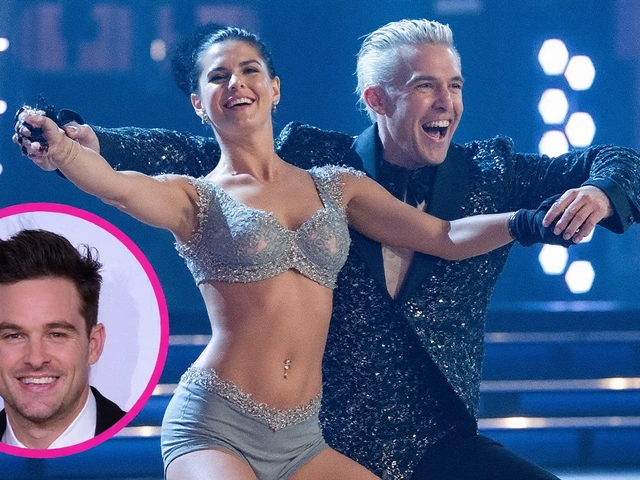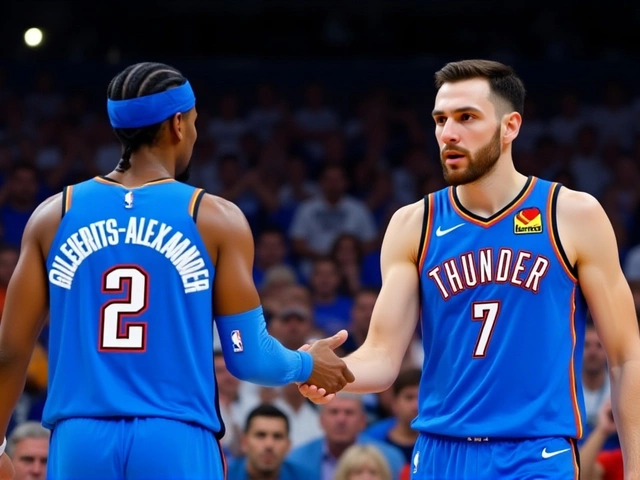Aroldis Chapman’s Dominant 2025 Comeback Ignites Red Sox Bullpen

- Kieran Fitzpatrick
- 1 October 2025
- 0 Comments
When Aroldis Chapman, closer for the Boston Red Sox, delivered a 1.17 ERA over 61.1 innings this summer, the baseball world took notice – a 37‑year‑old still throwing triple‑digit fastballs and suddenly locking down his command.
The resurgence unfolded during the 2025 MLB seasonBoston, and it has already reshaped the Red Sox’s bullpen calculus. By cutting his walk rate from 14.7% last year to 6.9% now, while still racking up 32 saves and only two blown opportunities, Chapman has quietly rewritten the playbook for aging relievers.
Here’s the thing: it’s not just raw velocity that’s turning heads. The left‑hander’s zone‑rate jumped from 51.6% in 2024 to 54.8% this year, a modest bump that translates into dramatically fewer free passes and, ultimately, a more *dominant* performance.
How Chapman Reinvented His Command
After a volatile 2024 campaign – stellar strikeout numbers paired with a walk rate that hovered near 15% – the pitcher and his coaches went back to the basics. Video analysis revealed he was releasing the ball a fraction of a second too early on his off‑speed pitches, tilting the count in hitters’ favor.
During a mid‑May session at Fenway Park's bullpen, trainer Carlos Ruiz helped Chapman shave off 0.03 seconds from his release point. The change felt “almost imperceptible” to the pitcher, but the results were immediate: a three‑game stretch with a walk rate under 5% and a WHIP of 0.58.
"We’ve never seen a guy maintain this velocity at his age and suddenly improve his location," Red Sox manager Alex Cora said at a pre‑game press conference in early June. "Aro’s work ethic is off the charts, and the data backs it up. He’s become more precise without sacrificing anything we love about his arm."
Statistical Breakdown: Numbers That Speak
- ERA: 1.17 (league‑best among relievers)
- Walk Rate: 6.9% (down from 14.7% in 2024)
- Zone Rate: 54.8%
- Strikeouts: 85 in 67 appearances
- WHIP: 0.70 (10th best ever for a qualified reliever season)
- fWAR: 2.5 (2nd in MLB, behind only Cade Smith)
His Fielding Independent Pitching (FIP) sits at 1.70 – the lowest since 2016 – while his xERA of 1.96 marks the best of the Statcast era. In plain English: the metrics that strip away defense and luck are still screaming “elite.”
Among the roughly 2,375 qualified reliever seasons recorded since 2010, Chapman’s 0.68 WHIP ranks 10th, his 1.70 FIP lands 29th, and his 2.5 fWAR sits 38th. Those are not just good numbers; they’re historic.
Reactions from the Club and the League
Boston’s front office has been quick to capitalize on the momentum. General manager Brian Lipshutz reportedly began discussions with the team’s analytics department to explore a one‑year contract extension, should Chapman stay healthy through the playoffs.
Meanwhile, other clubs are taking notes. The New York Yankees’ bullpen coach admitted, "If you can keep firing 103‑plus mph at 37 and slash your walks, you become a blueprint for any team looking to extend a reliever’s prime."
Even the league’s official statisticians have highlighted Chapman’s stretch from July 23 in Philadelphia to early August in Sacramento, where “no batter recorded a hit” – a 12‑game hitless streak that rivals some of the most feared reliever runs in modern baseball.

What This Means for Boston’s Playoff Hopes
The Red Sox sit just a few games behind the AL wild‑card line as of September 1. A reliable closer can be the difference between a late‑innings rally and a season‑ending heart‑break.
"When you have a back‑stop who can shut the door with a single strike, the entire team feels a little lighter," said veteran shortstop Xander Bogaerts. "It lets the starters attack knowing the ninth inning is almost a given win."
Should Boston make the postseason, analysts predict Chapman would likely appear in at least 15 high‑leverage situations, a usage rate that could push his WAR well above 3.0 by season’s end.
Historical Perspective: Where This Season Stands
Chapman isn’t the first veteran reliever to defy age, but his combination of velocity, command, and durability is rare. The only comparable modern example is Kenley Jansen, who posted a sub‑2.00 ERA at age 38 in 2022 – yet Jansen’s walk rate stayed above 10%.
In the 15‑year span of Chapman’s career, he’s logged nine seasons with 30 or more saves, a feat matched by only a handful of Hall‑of‑Fame closers. The 2025 campaign pushes his career ERA down to 2.69, cementing his legacy as one of the most consistent high‑octane arms the game has ever seen.
Oddly enough, the story feels like a sequel to his 2010 breakout, when a 22‑year‑old fireballer first announced himself on the mound. Back then, the narrative was “future star.” Now, it’s “veteran still at the top of his game.”
Frequently Asked Questions
How does Chapman’s performance affect the Red Sox’s bullpen strategy?
With a walk rate halved and a WHIP of 0.70, Boston can afford to lean on Chapman in high‑leverage spots without fearing extra baserunners. That frees up setup men like Nick Pivetta to pitch longer innings, allowing the club to preserve relievers for the postseason.
What led to the dramatic drop in Chapman’s walk rate?
A combination of refined release timing, a tighter three‑quarter arm slot, and increased video analysis helped Chapman locate his pitches better. The adjustments shaved milliseconds off his delivery, reducing the window hitters have to guess his secondary offerings.
Is Chapman’s velocity sustainable at 37?
He’s still averaging 101.2 mph on his four‑seam fastball, and his conditioning program – which includes weighted‑ball work and a strict diet – appears to be paying off. While a slight dip is inevitable, his recent outings suggest he can maintain elite speed deep into the season.
How does Chapman compare to other elite relievers this year?
Only Cade Smith edges him in fWAR, and Smith’s ERA sits above 3.00. Chapman’s blend of low ERA, high strikeout rate, and reduced walks makes his 2025 season the most well‑rounded reliever performance of the campaign.
What are the chances Chapman will sign a long‑term extension?
General manager Brian Lipshutz indicated interest in a one‑year extension with a club option for 2027. If Chapman stays healthy through the playoffs, a multi‑year deal looks increasingly likely, cementing his role as Boston’s veteran closer.


